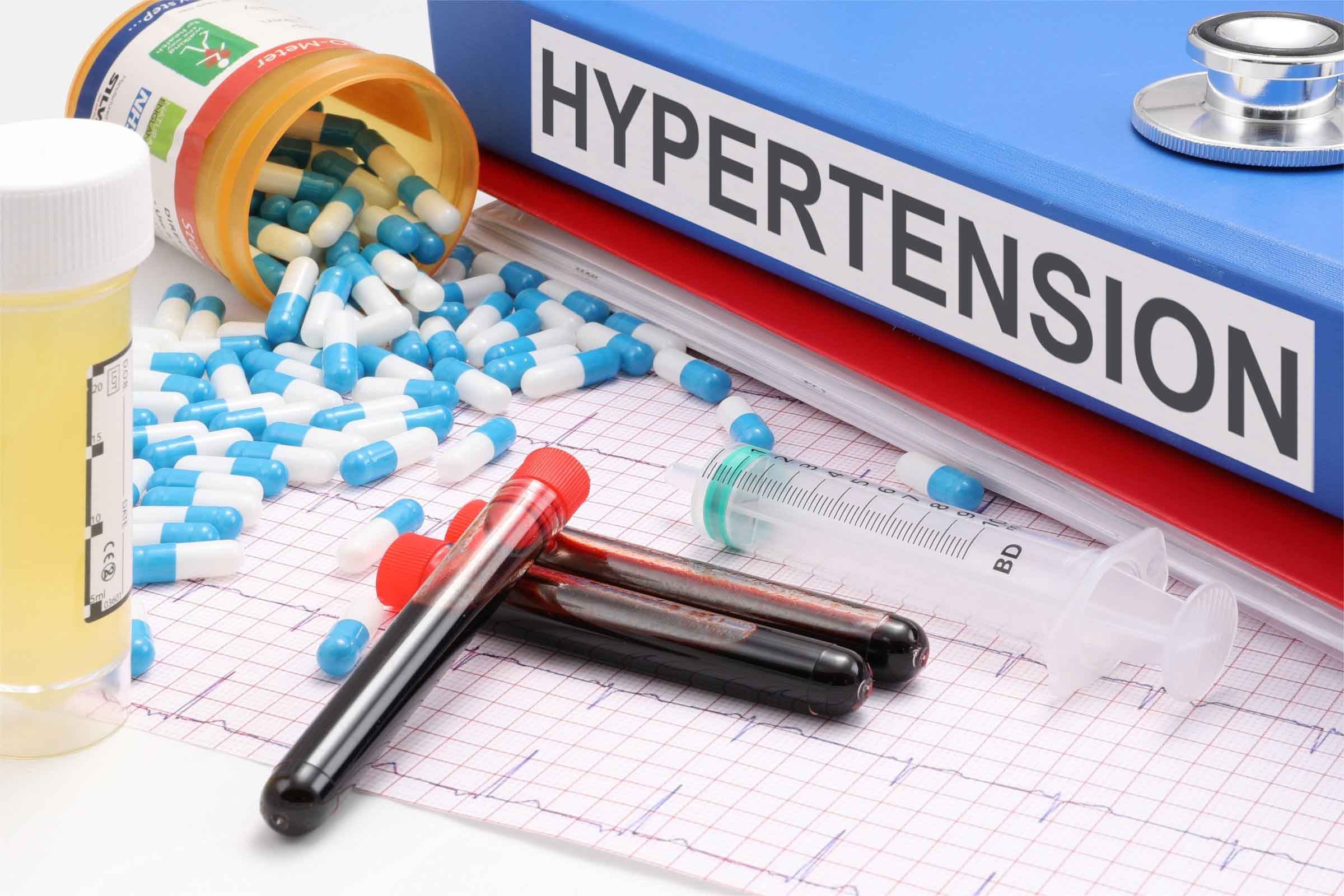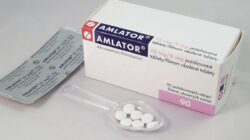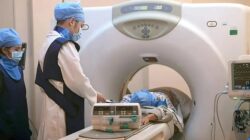Defining the Connection Between Hypertension and Headaches
As I delve into the intricate relationship between hypertension and headaches, it becomes evident that the two conditions are often intertwined. Hypertension, commonly known as high blood pressure, can manifest in various physical symptoms, one of which is the occurrence of throbbing headache symptoms and pain. This throbbing sensation is not merely a nuisance; it can significantly impact one’s quality of life. The physiological mechanisms at play involve the increased pressure exerted on the blood vessels, which can lead to inflammation and irritation in the surrounding tissues, ultimately resulting in headache discomfort.
Furthermore, managing blood pressure effectively may provide substantial relief from migraine headaches. I have come to understand that for individuals who experience both hypertension and migraines, addressing the underlying issue of high blood pressure can lead to a reduction in the frequency and intensity of migraine attacks. This connection underscores the importance of holistic management strategies that target both hypertension and headache symptoms simultaneously.
Identifying Common Symptoms of Hypertension Headaches
In my experience, the symptoms associated with hypertension headaches are often characterized by a distinct throbbing sensation, which can be likened to a pulsating pressure within the head. These headaches frequently present alongside other migraine symptoms, such as nausea, sensitivity to light, and visual disturbances. It is crucial to recognize that high blood pressure can amplify headache pain, making it more intense and difficult to manage.
Moreover, I have observed that stress relief plays a vital role in alleviating headache symptoms. As stress levels rise, so does blood pressure, creating a vicious cycle that can exacerbate headache occurrences. Understanding this relationship has been pivotal in my approach to managing both hypertension and headache symptoms, emphasizing the need for effective stress management techniques as part of a comprehensive treatment plan.
Exploring the Mechanisms Behind Throbbing Pain
The mechanisms behind the throbbing pain associated with hypertension headaches are complex and multifaceted. I have learned that hypertension can exacerbate these symptoms due to the increased pressure within the cranial vessels, leading to heightened sensitivity and pain perception. This exacerbation can create a feedback loop where the pain itself contributes to further increases in blood pressure, complicating the overall clinical picture.
Effective treatment strategies focused on reducing blood pressure can provide significant relief from migraine pain. In my practice, I have witnessed firsthand how patients who achieve better blood pressure control often report a decrease in the frequency and severity of their headaches. This correlation highlights the importance of a targeted approach that addresses both hypertension and headache management, ultimately improving the overall well-being of the patient.
Evaluating Treatment Options for Hypertension-Related Headaches
Evaluating treatment options for hypertension-related headaches is a critical aspect of my clinical practice. It is evident that hypertension increases headache symptoms and contributes to the overall experience of blood pressure-related pain. As I guide patients through their treatment journeys, it becomes clear that effective management of high blood pressure is essential for alleviating the throbbing migraine headaches that many individuals endure.
Various treatment modalities are available, ranging from lifestyle modifications to pharmacological interventions. I often recommend a combination of dietary changes, regular exercise, and stress management techniques, as these strategies can significantly impact blood pressure levels. Additionally, medications specifically designed to lower blood pressure can also be effective in reducing the intensity of headache symptoms. Through a comprehensive and individualized approach, I aim to provide my patients with the relief they seek from both hypertension and its associated headaches.

Understanding the Role of Stress in Headache Incidence
In my exploration of headache incidence, I have come to appreciate the profound role that stress plays in exacerbating hypertension, thereby increasing the likelihood of headache and migraine symptoms. The relationship between stress and blood pressure is well-documented; as stress levels rise, so too does blood pressure, which can lead to an uptick in headache occurrences. This understanding has prompted me to incorporate stress management techniques into my treatment plans, recognizing their importance in mitigating both hypertension and headache symptoms.
Effective treatment that focuses on reducing blood pressure can provide significant headache pain relief. I have found that patients who engage in stress-reduction practices, such as mindfulness, yoga, or cognitive-behavioral therapy, often experience improvements not only in their blood pressure readings but also in their overall headache frequency and intensity. By addressing the root causes of stress and its impact on hypertension, I aim to empower my patients to take control of their health and reduce the burden of headache pain.
Recent research trends in the area of headaches related to hypertension have revealed some intriguing insights. Understanding the symptoms of hypertension that can manifest as headaches is crucial for both patients and healthcare providers. Let’s explore the popular areas of research and those that may need more attention.

Popular Research Areas
1. Mechanisms of Hypertensive Headaches: A significant amount of research is focused on understanding the biological mechanisms behind headaches in hypertensive patients. Studies are delving into how elevated blood pressure affects cerebral blood flow and triggers pain pathways in the brain.
2. Diagnostic Criteria: There is a growing emphasis on refining diagnostic criteria for hypertensive headaches. Researchers are exploring how to differentiate between primary headaches (like migraines) and secondary headaches caused by hypertension, which can lead to better patient management.
3. Treatment Approaches: Another hot topic is the development of treatment protocols specifically targeting hypertensive headaches. This includes the use of antihypertensive medications and their effects on headache relief, as well as lifestyle modifications that can help manage both blood pressure and headache frequency.
4. Patient Education and Awareness: There’s an increasing focus on educating patients about the signs and symptoms of hypertensive headaches. Awareness campaigns aim to help individuals recognize when a headache may be a sign of something more serious, encouraging timely medical intervention.
Areas Needing More Attention
1. Long-term Effects of Hypertension on Headache Patterns: While acute studies are prevalent, there is a lack of long-term research examining how chronic hypertension influences headache patterns over time. Understanding these dynamics could provide valuable insights for patient care.
2. Psychosocial Factors: The interplay between psychological factors (like stress and anxiety) and hypertensive headaches is an underexplored area. More research is needed to understand how mental health impacts headache experiences in hypertensive patients.
3. Diversity in Research Populations: Much of the existing research tends to focus on specific demographic groups, often overlooking diverse populations. Expanding studies to include various ethnicities, ages, and socioeconomic backgrounds could lead to more comprehensive insights.
4. Non-pharmacological Interventions: While medication is often the first line of treatment, there is less exploration into non-pharmacological interventions such as cognitive-behavioral therapy, mindfulness, and physical therapy. These approaches could offer holistic benefits for patients suffering from hypertensive headaches.
Conclusion
The field of headache research related to hypertension is evolving, with exciting advancements in understanding mechanisms, diagnostics, and treatment options. However, there remain critical gaps, particularly in long-term effects, psychosocial influences, and the need for diverse research populations. By addressing these areas, we can enhance our understanding and improve the quality of care for individuals experiencing headaches related to hypertension. Engaging in this research not only benefits patients but also contributes to the broader medical community’s knowledge.
- Unlock the Mystery: Are Your Headaches a Sign of Hypertension? - June 24, 2025
- Boost Your Heart: Omega-3 and Blood Pressure Secrets - June 14, 2025
- Dive into Heart Health: Fish Oil Supplements and Hypertension Explained! - June 10, 2025






